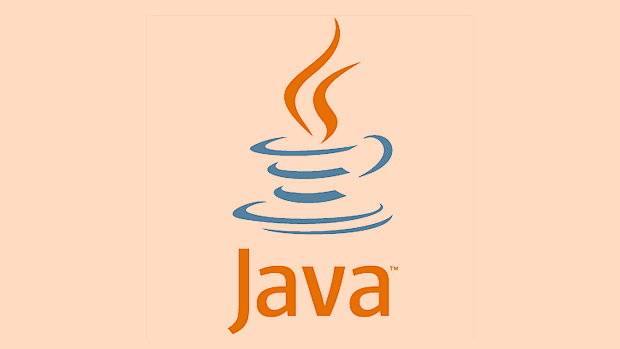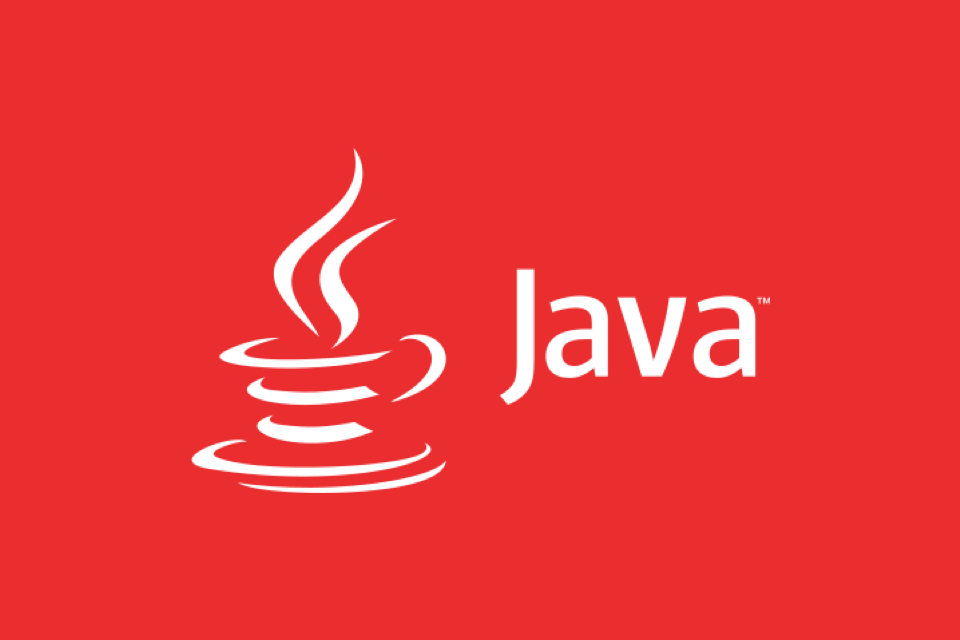Comparing Java, Kotlin, and Scala for Backend Development
Jul 24, 2025 am 03:33 AMKotlin offers the best balance of brevity and readability, Java is verbose but predictable, and Scala is expressive but complex. 2. Scala excels in functional programming with full support for immutability and advanced constructs, Kotlin provides practical functional features within an OOP framework, while Java’s support is limited post-8. 3. Java and Kotlin benefit from a mature, extensive ecosystem with Spring Boot dominance, whereas Scala’s ecosystem is smaller and more specialized in data engineering and high-concurrency systems. 4. Java has the easiest learning curve, Kotlin is accessible to Java developers, and Scala has a steep curve due to advanced concepts like type classes and monads. 5. Runtime performance is similar across all three on the JVM, though Scala has slower compilation, Kotlin has negligible overhead, and Java compiles fastest. Ultimately, Kotlin is the pragmatic choice for modern backend development offering safety, expressiveness, and compatibility, Scala suits FP-heavy and high-concurrency use cases with experienced teams, and Java remains ideal for enterprise environments prioritizing stability and broad tooling support.

When choosing a language for backend development on the JVM, Java, Kotlin, and Scala are the top contenders. Each has its strengths and trade-offs in terms of syntax, ecosystem, performance, and developer productivity. Here's a practical comparison to help you decide which might be best for your backend project.

1. Syntax and Developer Productivity
Java
Java is the most verbose of the three. It requires a lot of boilerplate—think getters, setters, constructors, and repetitive type declarations. While modern Java (8 ) has improved with lambdas, streams, and var (local variable type inference), it still feels rigid compared to the others.
Example (creating a simple data class):

public class User {
private String name;
private int age;
public User(String name, int age) {
this.name = name;
this.age = age;
}
// Getters and setters...
}Kotlin
Kotlin was designed to fix Java’s verbosity. It’s fully interoperable with Java and introduces features like data classes, null safety, extension functions, and smart casts.
Same example in Kotlin:

data class User(val name: String, val age: Int)
That’s it—equals, hashCode, toString, and copy are generated automatically.
Scala
Scala offers the most expressive syntax. It blends functional and object-oriented programming, allowing for very concise and powerful code. However, this power comes with complexity.
Same example in Scala:
case class User(name: String, age: Int)
Like Kotlin’s data classes, case classes provide boilerplate-free immutable objects.
? Verdict:
- Kotlin strikes the best balance between brevity and readability.
- Scala is powerful but can become hard to maintain if not used carefully.
- Java is predictable but slow to write and read.
2. Functional Programming Support
Java
Limited. Lambdas and Optional were added in Java 8, but the language lacks higher-order functions, pattern matching, and immutable collections by default. Streams help, but they’re not as seamless as in functional-first languages.
Kotlin
Offers solid functional features: first-class functions, lambdas, let, apply, also, and sequence operations. But it’s not a functional-first language—immutability isn’t enforced, and null safety is opt-in via type system (String? vs String).
Scala
Full functional programming support. It encourages immutability, has powerful pattern matching, higher-kinded types, and a rich standard library for functional constructs. Libraries like Cats and ZIO make it a top choice for FP-heavy backends.
? Verdict:
- If you want strong FP: Scala wins.
- For mild FP with OOP: Kotlin is more than sufficient.
- Java is the weakest here.
3. Ecosystem and Frameworks
Java
Has the largest ecosystem. Spring (especially Spring Boot) dominates enterprise backend development. Huge community, mature tools, excellent IDE support (IntelliJ, Eclipse), and widespread deployment experience.
Kotlin
Fully compatible with Java, so it can use all Java libraries and frameworks. Spring Boot has excellent Kotlin support. Ktor and Micronaut are also popular Kotlin-first frameworks. Growing fast, especially in Android and modern backend stacks.
Scala
Strong in data engineering and high-concurrency systems. Akka, Play Framework, and Lagom are notable. But the ecosystem is smaller. Libraries can be less stable or harder to find. Scala.js and Scala Native add flexibility but aren’t backend-focused.
? Verdict:
- Java and Kotlin have broader, more stable backend ecosystems.
- Scala shines in niche areas (e.g., real-time systems, data pipelines) but has fewer mainstream backend tools.
4. Learning Curve and Team Adoption
- Java: Easiest to adopt. Most developers know it. Syntax is straightforward, even if verbose.
- Kotlin: Easy for Java developers to pick up. Learning curve is shallow, and the official docs are excellent.
- Scala: Steep learning curve. Concepts like implicits, type classes, and monads can confuse newcomers. Teams need time to master best practices.
If you’re building a team quickly or working with junior developers, Kotlin or Java are safer bets.
5. Performance and Compilation
All three compile to JVM bytecode, so runtime performance is generally comparable. Minor differences come from:
- Scala: Heavier compilation due to advanced type system and implicits. Can produce larger bytecode.
- Kotlin: Slight runtime overhead from some language features (e.g. inline classes, coroutines), but negligible in practice.
- Java: Fastest compilation and most predictable output.
For high-throughput services, none has a decisive edge. But Scala’s compile times can slow down large projects.
Final Thoughts
| Criteria | Best Choice |
|---|---|
| Enterprise stability | Java |
| Modern, concise code | Kotlin |
| Functional programming | Scala |
| Team onboarding | Java / Kotlin |
| High-performance FP | Scala |
| Spring ecosystem | Java / Kotlin |
- Stick with Java if you value stability, have a large team, or are in a conservative tech environment.
- Choose Kotlin for a modern, expressive language with minimal friction and great tooling. Ideal for new Spring Boot services.
- Go with Scala if you're building complex, high-concurrency systems and have experienced functional programmers.
Most teams today are moving toward Kotlin for its sweet spot of simplicity, safety, and expressiveness—without sacrificing compatibility or performance.
Basically, if you're starting fresh and not tied to legacy code, Kotlin is the pragmatic upgrade from Java. Scala remains powerful but niche. Java? Still everywhere—and not going anywhere soon.
The above is the detailed content of Comparing Java, Kotlin, and Scala for Backend Development. For more information, please follow other related articles on the PHP Chinese website!

Hot AI Tools

Undress AI Tool
Undress images for free

Undresser.AI Undress
AI-powered app for creating realistic nude photos

AI Clothes Remover
Online AI tool for removing clothes from photos.

Clothoff.io
AI clothes remover

Video Face Swap
Swap faces in any video effortlessly with our completely free AI face swap tool!

Hot Article

Hot Tools

Notepad++7.3.1
Easy-to-use and free code editor

SublimeText3 Chinese version
Chinese version, very easy to use

Zend Studio 13.0.1
Powerful PHP integrated development environment

Dreamweaver CS6
Visual web development tools

SublimeText3 Mac version
God-level code editing software (SublimeText3)
 How to handle transactions in Java with JDBC?
Aug 02, 2025 pm 12:29 PM
How to handle transactions in Java with JDBC?
Aug 02, 2025 pm 12:29 PM
To correctly handle JDBC transactions, you must first turn off the automatic commit mode, then perform multiple operations, and finally commit or rollback according to the results; 1. Call conn.setAutoCommit(false) to start the transaction; 2. Execute multiple SQL operations, such as INSERT and UPDATE; 3. Call conn.commit() if all operations are successful, and call conn.rollback() if an exception occurs to ensure data consistency; at the same time, try-with-resources should be used to manage resources, properly handle exceptions and close connections to avoid connection leakage; in addition, it is recommended to use connection pools and set save points to achieve partial rollback, and keep transactions as short as possible to improve performance.
 Understanding the Java Virtual Machine (JVM) Internals
Aug 01, 2025 am 06:31 AM
Understanding the Java Virtual Machine (JVM) Internals
Aug 01, 2025 am 06:31 AM
TheJVMenablesJava’s"writeonce,runanywhere"capabilitybyexecutingbytecodethroughfourmaincomponents:1.TheClassLoaderSubsystemloads,links,andinitializes.classfilesusingbootstrap,extension,andapplicationclassloaders,ensuringsecureandlazyclassloa
 How to work with Calendar in Java?
Aug 02, 2025 am 02:38 AM
How to work with Calendar in Java?
Aug 02, 2025 am 02:38 AM
Use classes in the java.time package to replace the old Date and Calendar classes; 2. Get the current date and time through LocalDate, LocalDateTime and LocalTime; 3. Create a specific date and time using the of() method; 4. Use the plus/minus method to immutably increase and decrease the time; 5. Use ZonedDateTime and ZoneId to process the time zone; 6. Format and parse date strings through DateTimeFormatter; 7. Use Instant to be compatible with the old date types when necessary; date processing in modern Java should give priority to using java.timeAPI, which provides clear, immutable and linear
 Comparing Java Frameworks: Spring Boot vs Quarkus vs Micronaut
Aug 04, 2025 pm 12:48 PM
Comparing Java Frameworks: Spring Boot vs Quarkus vs Micronaut
Aug 04, 2025 pm 12:48 PM
Pre-formanceTartuptimeMoryusage, Quarkusandmicronautleadduetocompile-Timeprocessingandgraalvsupport, Withquarkusoftenperforminglightbetterine ServerLess scenarios.2.Thyvelopecosyste,
 How does garbage collection work in Java?
Aug 02, 2025 pm 01:55 PM
How does garbage collection work in Java?
Aug 02, 2025 pm 01:55 PM
Java's garbage collection (GC) is a mechanism that automatically manages memory, which reduces the risk of memory leakage by reclaiming unreachable objects. 1.GC judges the accessibility of the object from the root object (such as stack variables, active threads, static fields, etc.), and unreachable objects are marked as garbage. 2. Based on the mark-clearing algorithm, mark all reachable objects and clear unmarked objects. 3. Adopt a generational collection strategy: the new generation (Eden, S0, S1) frequently executes MinorGC; the elderly performs less but takes longer to perform MajorGC; Metaspace stores class metadata. 4. JVM provides a variety of GC devices: SerialGC is suitable for small applications; ParallelGC improves throughput; CMS reduces
 Understanding Network Ports and Firewalls
Aug 01, 2025 am 06:40 AM
Understanding Network Ports and Firewalls
Aug 01, 2025 am 06:40 AM
Networkportsandfirewallsworktogethertoenablecommunicationwhileensuringsecurity.1.Networkportsarevirtualendpointsnumbered0–65535,withwell-knownportslike80(HTTP),443(HTTPS),22(SSH),and25(SMTP)identifyingspecificservices.2.PortsoperateoverTCP(reliable,c
 go by example defer statement explained
Aug 02, 2025 am 06:26 AM
go by example defer statement explained
Aug 02, 2025 am 06:26 AM
defer is used to perform specified operations before the function returns, such as cleaning resources; parameters are evaluated immediately when defer, and the functions are executed in the order of last-in-first-out (LIFO); 1. Multiple defers are executed in reverse order of declarations; 2. Commonly used for secure cleaning such as file closing; 3. The named return value can be modified; 4. It will be executed even if panic occurs, suitable for recovery; 5. Avoid abuse of defer in loops to prevent resource leakage; correct use can improve code security and readability.
 Java Concurrency Utilities: ExecutorService and Fork/Join
Aug 03, 2025 am 01:54 AM
Java Concurrency Utilities: ExecutorService and Fork/Join
Aug 03, 2025 am 01:54 AM
ExecutorService is suitable for asynchronous execution of independent tasks, such as I/O operations or timing tasks, using thread pool to manage concurrency, submit Runnable or Callable tasks through submit, and obtain results with Future. Pay attention to the risk of unbounded queues and explicitly close the thread pool; 2. The Fork/Join framework is designed for split-and-governance CPU-intensive tasks, based on partitioning and controversy methods and work-stealing algorithms, and realizes recursive splitting of tasks through RecursiveTask or RecursiveAction, which is scheduled and executed by ForkJoinPool. It is suitable for large array summation and sorting scenarios. The split threshold should be set reasonably to avoid overhead; 3. Selection basis: Independent






